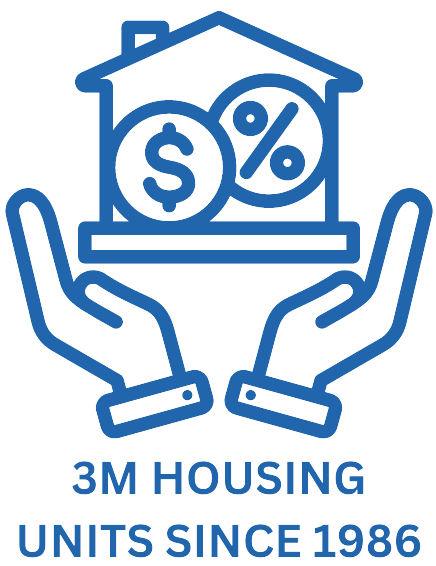Unlocking Affordable Developments: Building Sustainable Communities
Jesse King | March, 2024
Affordable housing remains a pressing issue globally, with many individuals and families struggling to find suitable and affordable living spaces. In response to this challenge, affordable developments have emerged as a crucial solution, offering accessible housing options to those in need. In this blog, we will explore the key components of affordable developments, including what to look for, how they work, funding mechanisms, viable site considerations, and the role of tools such as DDA and QTC in creating thriving communities.
Affordable developments encompass a range of housing options designed to meet the needs of low to moderate-income individuals and families. According to the National Low Income Housing Coalition, there is a shortage of over 7 million affordable rental homes in the United States, highlighting the urgent need for affordable housing solutions. These developments can take various forms, including apartment complexes, townhomes, and mixed-use developments. The primary goal of affordable developments is to provide safe, decent, and affordable housing options that allow residents to live comfortably and securely.
One of the essential aspects of affordable developments is ensuring that they are located in areas with access to essential amenities and services. A study by the Urban Institute found that access to quality schools, healthcare facilities, and public transportation significantly impacts the well-being of residents in affordable housing communities. Viable sites for affordable developments should also have suitable infrastructure in place, including roads, utilities, and drainage systems.


Funding affordable developments often requires a combination of public and private financing sources. Government subsidies and tax incentives play a crucial role in supporting affordable housing projects. According to the Affordable Housing Tax Credit Coalition, the Low-Income Housing Tax Credit (LIHTC) program has financed over 3 million affordable housing units since its inception in 1986.
Multifamily developments are a popular choice for affordable housing projects, offering economies of scale and increased housing density. In areas where standalone single-family homes may not be financially feasible, multifamily developments can provide a cost-effective solution to address housing needs. These developments are further boosted by being located inside of a Difficult Development Area (DDA), Qualified Census Tract (QCT), or Local Government Area of Opportunity (LGAO) allowing the developer to receive additional funding that may be present. By maximizing land use and incorporating efficient design principles, multifamily developments can accommodate a larger number of residents while minimizing construction costs.
Tools such as Density Bonus Programs (DDA) and Quality Transit Corridors (QTC) can further incentivize the development of affordable housing. A study by the Brookings Institution found that DDA programs can increase affordable housing production by up to 50% in high-demand areas. DDA programs allow developers to increase the density of their projects in exchange for providing a certain percentage of units as affordable housing. This encourages the creation of mixed-income communities and helps address housing shortages in high-demand areas. Similarly, QTC initiatives have been shown to reduce household transportation costs by up to 15%, making affordable housing more accessible to low-income households.
Affordable developments play a crucial role in addressing housing affordability challenges and creating sustainable communities. By carefully selecting viable sites, securing adequate funding, and leveraging tools such as DDA and QTC, developers can create high-quality affordable housing options that meet the needs of residents while contributing to the overall vibrancy of neighborhoods. As demand for affordable housing continues to grow, the importance of affordable developments in fostering inclusive and equitable communities cannot be overstated.

Are you interested in exploring opportunities for affordable developments? Our experienced Multifamily and Mixed-Use Land Team, Austin McWilliams and Jesse King, specialize in identifying and acquiring suitable sites for affordable housing projects. Contact us today to learn more about how we can help you unlock the potential of affordable developments in your community.
